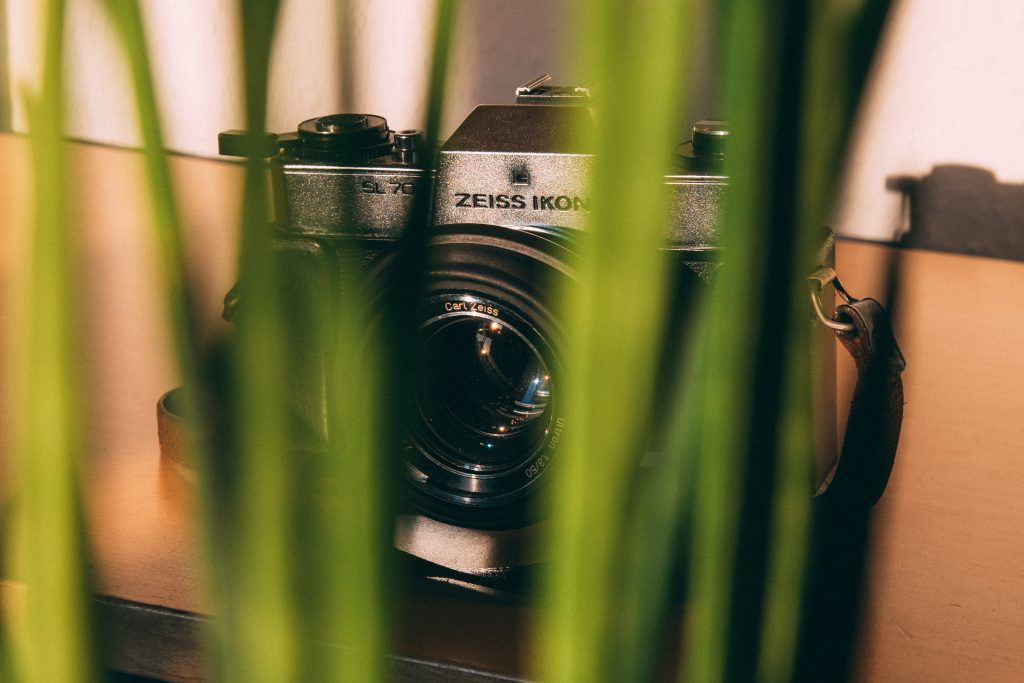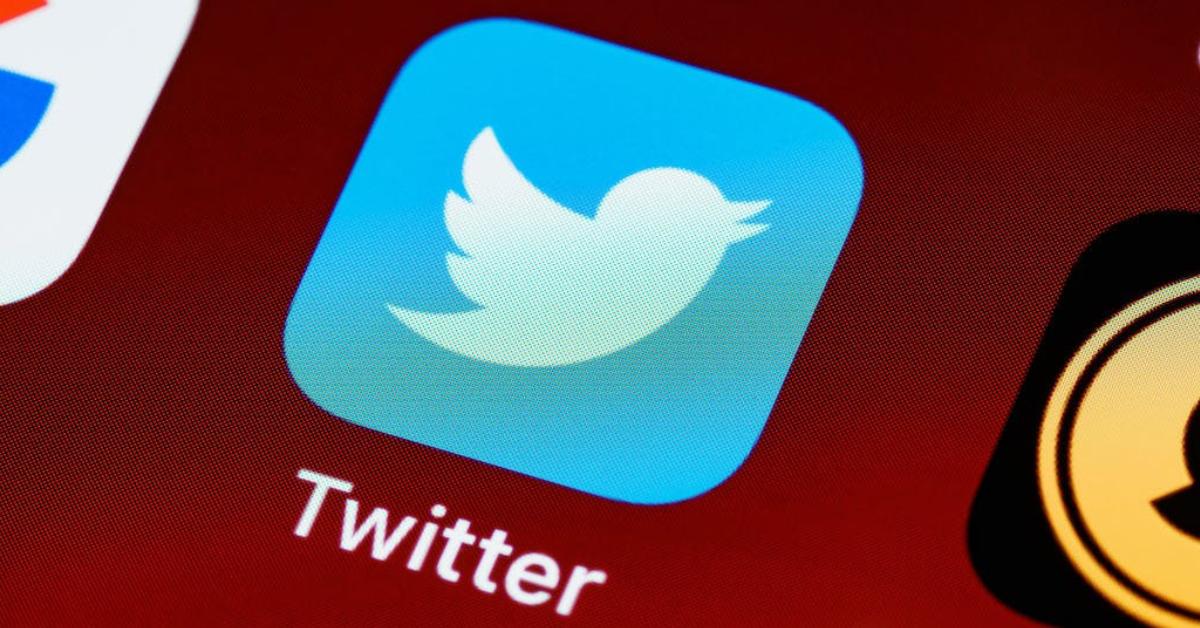The popularity of podcasts has raised consumer demand for top-notch audio and visual material. A good camera is necessary for producing a successful podcast. In this post, we’ll examine some of the top podcast cameras now on the market as well as the essential qualities to consider.
Essential Specifications for a Podcast Camera
When choosing a podcast camera, resolution is an important consideration. The resolution influences the viewer’s overall visual experience and the output quality of the video. Although some prefer 4K resolution for higher-quality output, most podcasters select cameras with a resolution of at least 1080p.
Sensor size: The camera’s sensor size is also essential. More light may be captured by a bigger sensor, improving image quality and low-light capabilities.
Podcast camera for beginners
Autofocus: Another crucial component to take into account is autofocus. A camera with good autofocus will maintain focus on the subject even when it is moving.
While recording video is the camera’s main purpose, audio quality is just as crucial for podcasts. To record audio with great quality, look for cameras with built-in microphones or think about buying an additional microphone.
Portability is a key consideration if you intend to record your podcast in several locations. Pick a camera that is portable and lightweight.
Last but not least, confirm that the camera works with your podcasting setup. Decide if you will use a tripod or ensure the camera has the required ports and connectors, as well as any additional accessories.
Optimal Podcast Cameras
EOS M50 Mark II Canon
Because of its high-quality video output and exceptional autofocus, the Canon EOS M50 Mark II is a well-liked option among podcasters. It can capture 4K video at up to 24 frames per second and includes a 24.1-megapixel APS-C sensor, which is larger than those found in most cameras in its class. Also, it has a flip-out screen that makes it simple to see your recordings.
The M50 Mark II’s short battery life is one drawback; if you intend to record for long stretches of time, you might need to buy more batteries. It doesn’t have a headphone jack either, which some people may find to be a deal-breaker.
Features
Here are some key features of the Canon EOS M50 Mark II:
24.1 Megapixel APS-C CMOS sensor: The camera features a large sensor that captures high-resolution images with excellent detail and low noise.
Dual Pixel CMOS AF: The camera uses Canon’s advanced Dual Pixel CMOS AF system for fast and accurate autofocus, which is especially useful for tracking moving subjects.
DIGIC 8 Image Processor: The camera is equipped with Canon’s DIGIC 8 image processor, which provides fast performance and helps to reduce noise in low-light conditions.
Podcast camera 4k
4K UHD 24p video recording: The camera can record 4K UHD video at 24 frames per second, providing high-quality video output.
Vari-angle touchscreen LCD: The camera has a 3.0-inch vari-angle touchscreen LCD that can be tilted up or down, making it easier to shoot from different angles.
Electronic Viewfinder: The camera also features a 2.36 million dot OLED electronic viewfinder that provides a clear and bright view of your subject.
Wireless connectivity: The camera supports Wi-Fi and Bluetooth connectivity, making it easy to transfer images and videos wirelessly to your smartphone or tablet.
Creative assist mode: The camera features a Creative Assist mode that provides guidance for creating a wide range of creative effects.
Improved autofocus for eye detection: The camera’s autofocus system includes improved eye detection autofocus, which makes it easier to capture sharp portraits of people.
Built-in time-lapse mode: The camera has a built-in time-lapse mode that makes it easy to create time-lapse videos.
Sony A6400
Another popular option for podcasters is the Sony A6400, which has quick focusing and good low-light performance. It can capture 4K video at up to 30 frames per second and includes a 24.2-megapixel APS-C sensor. Also, it has a flip-up screen that makes it simple to see your recordings.
The A6400’s short battery life is one drawback; if you intend to record for long stretches of time, you might need to buy more batteries. In-body image stabilization is another lacking feature, which may be a deal-breaker for some podcasters.
Features
Photographers and videographers love the Sony A6400 mirrorless camera for its quick autofocus, superior image quality, and small size. Here are some of its main characteristics:
The A6400 has a 24.2-megapixel APS-C sensor, which produces high-quality photos with minimal noise and outstanding clarity.
With 425 phase-detection AF points and 425 contrast-detection AF points, the A6400’s sophisticated autofocus system enables quick and precise autofocus performance. Real-time Eye AF and Real-time Tracking are additional features that help to maintain focus on moving subjects.
The A6400 can record Full HD video at up to 60 frames per second and 4K video at up to 30 frames per second. Frames per second of 120. S-Log3 and HLG image profiles are also included for more post-production options.
Multi-camera setup
Easily frame images from high and low angles with the A6400’s 3-inch tilting touchscreen LCD, which can be adjusted up to 180 degrees. The touchscreen also makes menu navigation and focus control simple.
Small and Lightweight: At 403g, including the battery and memory card, the A6400 is among the smallest and lightest cameras in its class. This makes it portable and convenient to use for long periods of time.
Best podcast camera 2023
Wi-Fi and Bluetooth connectivity are both included in the A6400, enabling you to wirelessly transmit photos and movies to your smartphone or tablet. You may. Also, you may remotely manage the camera and make changes using the Sony Imaging Edge Mobile app.
Image stabilization built into the camera: The A6400 has in-body image stabilization, which lessens the camera shake and results in smoother video and better photos.
Weather Sealing: The A6400 may be used in a variety of environments because it is resistant to moisture and dust.
For podcasters, videographers, and photographers that require a small, lightweight camera with superb autofocus and image quality, the Sony A6400 is a versatile, high-performance device.
Sony Cyber-shot GH5
A more sophisticated camera with capabilities geared for professional videographers and podcasters is the Panasonic Lumix GH5. It sports a Micro Four Thirds sensor that is 20.3 megapixels. It is capable of up to 60 frames per second and 4K video recording. In-body image stabilization is another feature that is helpful for handheld recording.
The GH5’s size and weight are a drawback as they can make it less portable than other cameras on our list. However, it costs more than some of the alternatives, which may be a factor for podcasters on a tight budget.
Features
Photographers and videographers frequently contrast two well-liked camera models: the Sony Cyber-shot series and the Panasonic Lumix GH5. Although each camera has its advantages and disadvantages, the following are some significant variations between the two:
Sensor Size: The Panasonic Lumix GH5 sports a Micro Four Thirds sensor, whereas the Sony Cyber-shot series normally uses a 1-inch sensor. Larger sensors typically result in higher-quality images with less noise and better low-light performance.
Autofocus: The GH5 boasts a Dual I.S. 2 technology that combines in-body stabilization with lens stabilization for smoother film, while the Sony Cyber-shot series offers a quick and precise focusing system that can track moving subjects. The GH5’s focus, however, is not as trustworthy as Sony’s system, particularly in dimly lit areas.
The best camera for podcast recording
Video caliber: The GH5 is renowned for its exceptional video capabilities, which include the capacity to record in 4K at up to 60 frames per second and in 1080p at up to 180 frames per second. Also, it boasts several video-specific features, including anamorphic filming mode, 10-bit 4:2:2 color depth, and HDMI output for 4K video at 60 frames per second. The GH5 is better suitable for video than the Sony Cyber-shot series, which has more constrained video capabilities.
Size & Portability: Compared to the GH5, the Sony Cyber-shot series is smaller and more portable, making it a better option for travel or vlogging. Although the GH5 is more ergonomic and comfortable to hold due to its bigger size and weight, which may be useful for videographers who shoot continuously for long periods.
Price: Compared to the GH5, the Sony Cyber-shot series is often more affordable, though costs may vary depending on the model and features.
Overall, the Panasonic Lumix GH5 and the Sony Cyber-shot series each offer advantages and disadvantages. And the perfect camera for you will depend on your requirements and tastes. The GH5 might be a better option if you are primarily a videographer searching for a camera. With exceptional video capabilities and a range of video-centric features. The Sony Cyber-shot series, however, might be a superior choice if mobility, and focusing performance. And the overall image quality is your top priority.
Zeiss ZV-1
The Zeiss ZV-1 is a digital camera that was released in 2020. It is a compact camera that is design for vlogging and content creation and features several advanced features that make it an attractive option for creators.
20.1 Megapixel 1-inch Exmor RS CMOS sensor: This large sensor captures high-quality images with excellent detail and low noise, even in low-light conditions.

Zeiss Vario-Sonnar T* 24-70mm f/1.8-2.8 lens: This high-quality lens provides excellent sharpness and clarity. And the fast aperture range of f/1.8-2.8 allows for great depth of field control and low-light performance.
Fast autofocus system: The camera features a fast autofocus system that uses both phase-detection. And contrast-detection autofocus to provide accurate and reliable focus.
4K UHD video recording: The camera can record 4K UHD video at 30 frames per second. As well as Full HD video at up to 120 frames per second for slow-motion footage.
Vari-angle touchscreen LCD: The camera has a 3.0-inch vari-angle touchscreen LCD that can be tilted up or down for flexible shooting angles.
Read also:
Best qlink compatible phones




One thought on “Best podcast camera ”